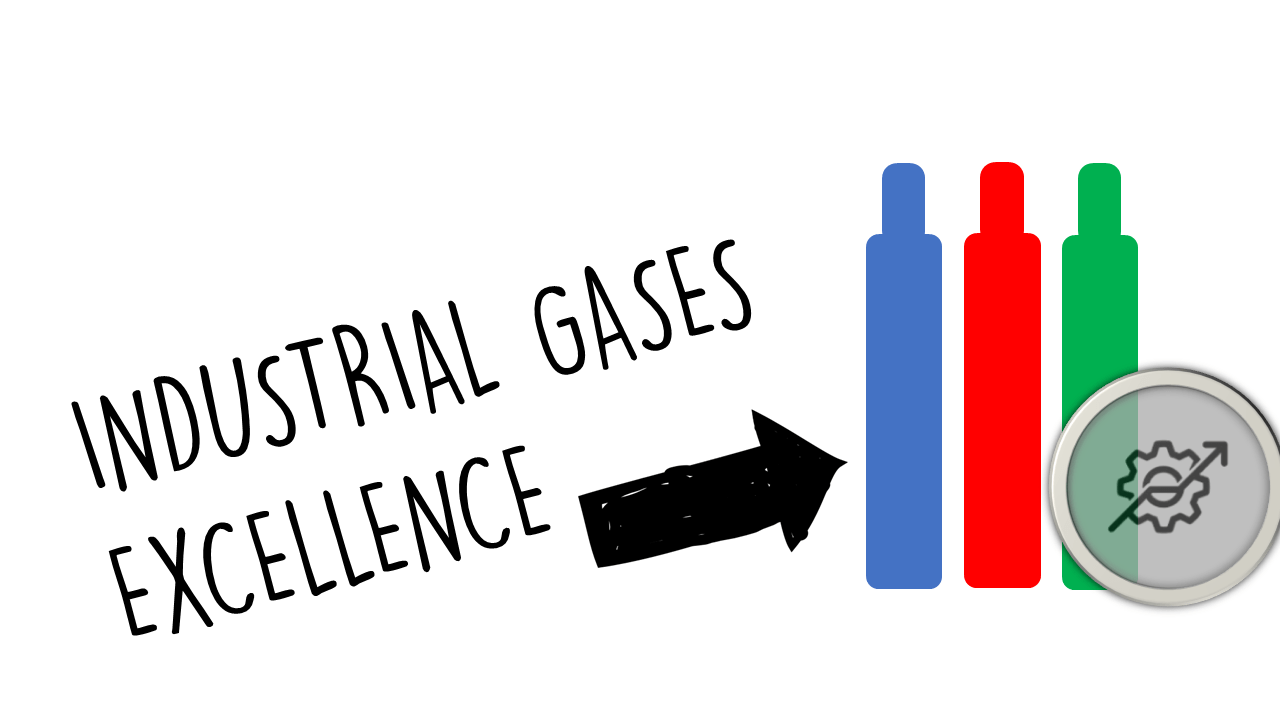1. ✅ Real Cause
Since 1914, the United States of America has evolved from a regional actor into the world’s dominant geopolitical force by applying a consistent doctrine:
- Intervene late, dominate post-crisis.
- Break rivals, reshape global order.
- Export the “American way” under the banner of freedom, democracy, and markets.
Beneath the surface: Power projection, access to resources, control of alliances, and disruption of competitors.
2. 👥 Key Actors
| Institution | Role |
|---|---|
| U.S. Government (White House/Congress) | Strategic vision + policy legitimation |
| CIA / NSA / Pentagon | Intelligence, destabilization, covert ops |
| State Department | Diplomatic architecture & global narratives |
| Wall Street & Defense Industry | Economic leverage + military-industrial power |
| Think Tanks / NGOs | Ideological export, regime change facilitation |
| Tech & Media Corporations | Narrative dominance, surveillance, cyber power |
3. 🧠 Strategic Doctrine
- Wilson (1917–18): “Make the world safe for democracy” → Entry into WWI to shape postwar order.
- Roosevelt/Truman (1941–45): WWII entry → Establishment of Bretton Woods, UN, IMF, World Bank.
- Cold War (1947–1991): Containment of Soviet Union → NATO, proxy wars, CIA coups.
- Post-1991: U.S. as unipolar power → Regime changes, “War on Terror”, NATO expansion.
- 2001–2025: “Global security” justification → Permanent conflict zones, pivot to Asia, Russia-China encirclement.
4. 🎯 Key Actions 1914–2025
| Period | Conflict / Operation | Trigger / Goal |
|---|---|---|
| 1917–1918 | Entry into WWI | Prevent German-European hegemony |
| 1941–1945 | Entry into WWII | Prevent Axis dominance, prepare global role |
| 1947–1989 | Cold War: Korea, Vietnam, Iran, Chile, Nicaragua, etc. | Contain USSR, expand influence |
| 1991–2001 | NATO expansion, Yugoslavia war | Post-Soviet realignment |
| 2001–2021 | Afghanistan, Iraq, Libya, Syria, Ukraine (2014) | War on Terror / regime change |
| 2022–2025 | Ukraine war escalation, Taiwan provocation, NATO eastward | Encircle Russia/China, maintain unipolarity |
5. ⚔️ Conflicts Sparked or Shaped
- Regime Changes: Iran (1953), Chile (1973), Iraq (2003), Libya (2011), Ukraine (2014)
- Wars & Proxy Conflicts: Korea, Vietnam, Afghanistan, Iraq, Syria, Ukraine
- Color Revolutions: Georgia, Ukraine, Belarus (attempted)
- Hybrid Warfare: Sanctions, tech restrictions, media narratives, cyber ops
6. 📉 Result
- Global fragmentation: Cold War 2.0
- NATO and U.S. dominance challenged by China-Russia alliance
- Destabilized regions across Middle East, Eastern Europe, Africa
- Massive migration flows and civilian casualties
- Rising global mistrust of U.S. interventions
7. 🔍 Deep Insight
“U.S. foreign policy is not about peace – it’s about preeminence.”
- America mastered the art of conflict management through escalation.
- Humanitarian pretexts often mask strategic disruptions.
- Its greatest asset: narrative supremacy – wars as “liberation,” sanctions as “justice.”
- Its greatest weakness: overstretch, loss of trust, internal division.
8. 📚 Learning Points
- “Freedom and Democracy” often mean regime collapse and chaos.
- Global dominance is maintained by permanent instability elsewhere.
- America’s true power lies not in tanks, but in stories, dollars, and data.
- Future peace depends on limiting unilateral dominance and enabling multipolar balance.
- Citizens globally must learn to read U.S. strategies behind noble-sounding headlines.




